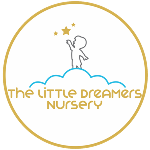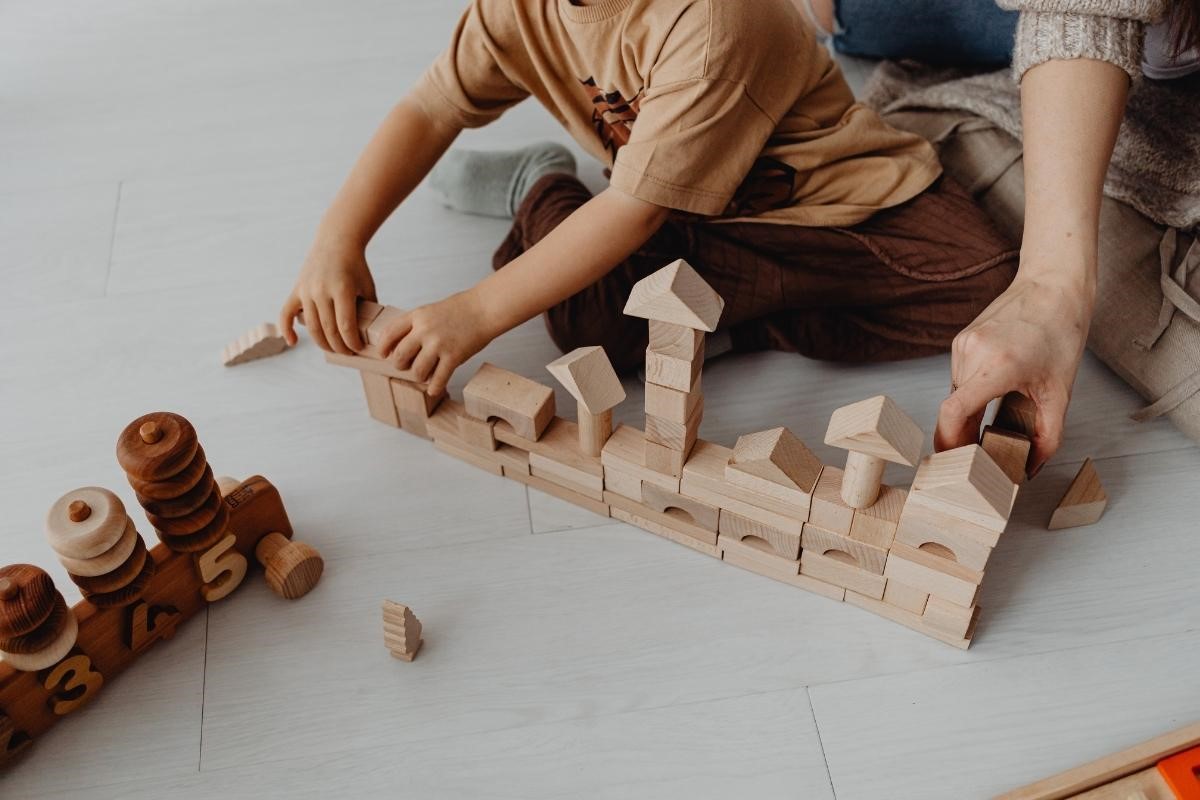It’s easy to get swept up in the world of Montessori parenting. Between sleek Instagram posts and influencer reels featuring shelves lined with neutral-toned wooden toys, it’s no wonder parents feel pressure to fill their homes with a perfectly curated set of “Montessori-approved” materials.
But let’s pause for a moment.
Are these high-end toys really what your child needs? Or have we fallen into a Montessori toy trap, confusing smart marketing with true child development?
In this post, we’ll take an honest look at the Montessori toy trend, what research says about child-led learning, and how to choose toys that truly support development—without breaking the bank.
Montessori Toys: A Trend or a Tool?
Montessori toys, inspired by the philosophy of Dr. Maria Montessori, aim to encourage independence, focus, and hands-on learning. The idea is wonderful in theory: give children fewer, more meaningful toys, and allow them to explore freely.
But in today’s market, the Montessori label has become less about philosophy and more about aesthetic and price.
🎁 What Counts as a “Montessori Toy”?
Genuine Montessori toys are:
- Simple and purpose-driven (one skill at a time)
- Made from natural materials like wood or metal
- Open-ended, allowing children to engage at their developmental level
However, many mass-produced items labeled “Montessori” stray from this vision and instead feed into consumerist culture—offering costly products that promise smarter, faster development.

What Research Really Says About Toy Impact
Let’s cut through the marketing and look at what child development research says about toys and learning.
🧠 1. Fewer Toys = Better Focus
A 2017 study from the University of Toledo found that toddlers in environments with fewer toys played longer and more creatively than those surrounded by many.
Quality over quantity matters—especially in early childhood.
🎨 2. Open-Ended = More Learning
Toys that allow for imaginative use, like blocks or pretend kitchen sets, stimulate creativity, problem-solving, and social skills. These are the toys that grow with your child.
🚫 3. Overstimulation Hinders Development
Electronic toys with flashing lights and loud sounds can actually reduce the quality of verbal interaction between parent and child. Montessori principles steer clear of these for good reason.
Montessori Essentials vs Expensive Extras
Before adding another $60 wooden rainbow to your cart, let’s separate true Montessori essentials from trendy extras.
✅ Montessori Toy Essentials
- Object permanence box (develops memory and coordination)
- Stacking rings or cups
- Simple puzzles with knobs
- Wooden blocks
- Pretend play items (broom, kitchen tools, dolls)
- Books and nature-based materials
All of these can be found affordably or secondhand.
❌ The Extras You Don’t Need
- Pricey toy sets labeled “Montessori” but offer no developmental purpose
- Duplicate toys in different finishes
- Decor items marketed as toys (e.g., “learning towers” with no adjustable features)
Remember: Montessori is not a product line—it’s a mindset.

How to Choose Toys That Actually Support Development
Want to avoid the trap? Use these guiding principles instead of brand names:
🔍 1. Look for Simplicity
If a toy does everything, your child learns nothing. Choose toys that require active participation, not passive watching.
🧒 2. Think Developmentally, Not Aesthetically
What does your child need right now? Is it fine motor skill support, imaginative play, or cause and effect?
Follow their interests and current developmental milestones, not the latest trends.
♻️ 3. Rotate Toys
Instead of buying more, rotate what you have every few weeks. This boosts focus and makes old toys feel new again.
💸 4. Budget-Friendly > Branded
Many dollar stores, thrift shops, or DIY solutions offer the same learning experience as high-end Montessori retailers. Focus on function, not brand.
A Minimalist Toy List by Age
Here’s a realistic, age-by-age guide to what your child truly needs at each stage.
👶 Ages 0–6 Months 
- Soft black-and-white cards
- Grasping rings
- Tummy time mirror
- Sensory cloth books
👶 Ages 6–12 Months 
- Object permanence box
- Nesting cups
- Soft balls
- Rattles with texture
👧 Ages 1–2 Years
- Stacking blocks
- Shape sorters
- Pretend food or tool sets
- Large knob puzzles
👦 Ages 2–3 Years
- Dolls and dress-up clothes
- Wooden animals
- Crayons and paper
- Simple musical instruments

These toys support child-led exploration and independent learning, which is exactly what Montessori aims for.
Conclusion: It’s Not About the Toys—It’s About the Child
You do not need a playroom full of expensive wooden shelves and designer toys to raise an independent, curious, and joyful learner. What your child really needs is time, space, and freedom to explore.
Do not let the Montessori marketing machine make you feel inadequate. Trust that simple, open-ended play in a loving environment is more than enough.
💡 Call to Action: Build Your Minimalist Toy Shelf Today
Start small. Pick 5–7 toys that encourage active play and rotate them every week. Observe how your child responds, engages, and invents—and celebrate the learning happening before your eyes.
📎 Related read: Play-Based Learning in Early Childhood








